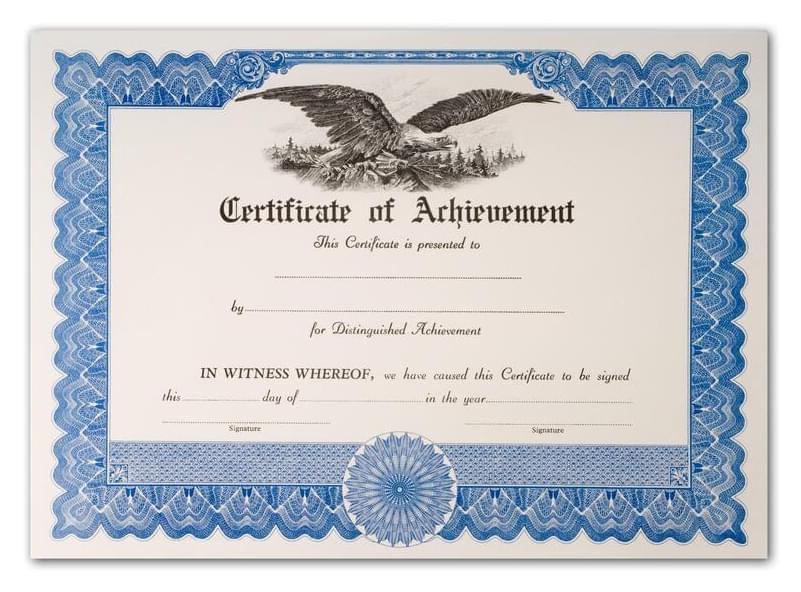WASHINGTON, Oct 11 (Reuters) — Internet companies Google, Amazon and Cloudflare say they have weathered the internet’s largest-known denial of service attack and are sounding the alarm over a new technique they warn could easily cause widespread disruption.
Alphabet Inc-owned Google (GOOGL.O)said in a blog post published Tuesday that its cloud services had parried an avalanche of rogue traffic more than seven times the size of the previous record-breaking attack thwarted last year.
Internet protection company Cloudflare Inc (NET.N)said the attack was “three times larger than any previous attack we’ve observed.” Amazon.com Inc’s (AMZN.O) web services division also confirmed being hit by “a new type of distributed denial of service (DDoS) event.”









